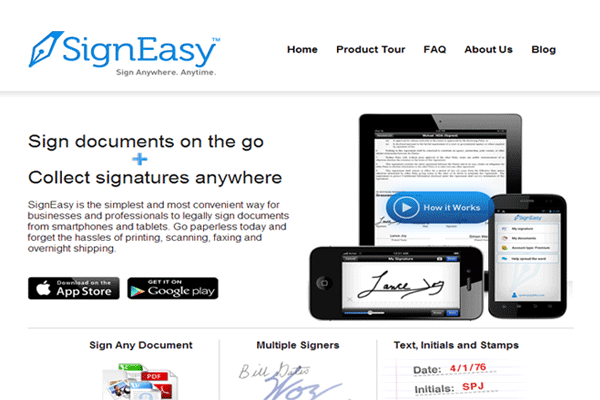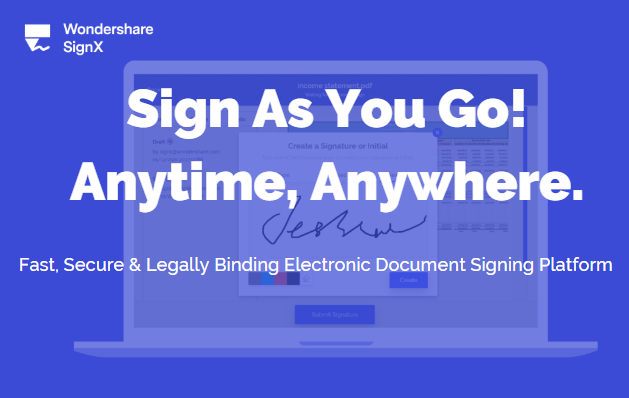Adobe is the market leader when it comes to document viewing and document managing applications. Adobe Acrobat PDF reader is the most popular PDF viewing application and it has a huge user base making it one of the most used document apps in the world. There has been a considerable rise in the need of electronically signing documents as the world saw a shift towards the paperless workplace environment.
Due to the hassle-free, environmentally friendly nature of this shift, more and more organizations are going completely paperless. This brings forth a spike in the interest of software that lets people sign their documents in a legally-binding and fool-proof way. Adobe introduced its e-signing platform with the name of Adobe Sign. The inception of Adobe Sign was founded in the increasing use of e-signing platforms and since users already used and trusted Adobe's other applications, they jumped on the bandwagon to sign with adobe.
Part 1What Is Adobe Sign and History of Adobe Sign
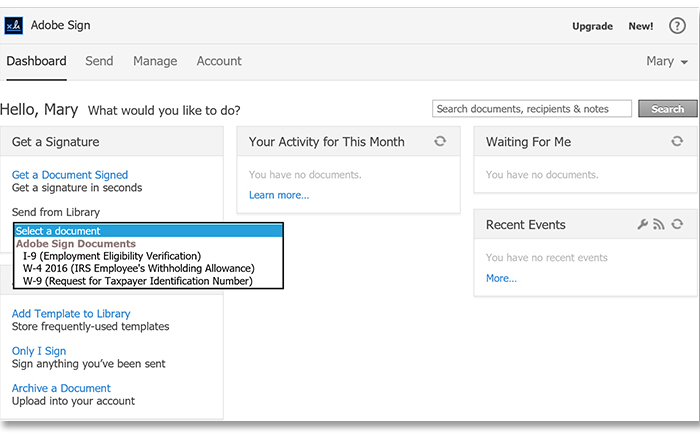
Adobe Sign is an industry-grade e-signing platform that lets users sign their electronic documents. The documents need to be in PDF format to be signed. It is a cloud-based, and enterprise grade solution aimed at replacing your paper and ink with PDF documents and e-signatures. You can rest assured by signing these documents that they are more legally binding than ink signatures and are encrypted using cutting-edge security standards.
It also allows you to sign your documents on the go with Android and iOS apps, called Adobe Fill and Sign app, it can also fill and sign pdf. It also allows features like tracking your documents as you send them for e-signatures to other recipients. You can integrate Adobe Sign with your own enterprise applications. It is well-integrated with Salesforce, Google Docs and Drive, Dropbox and other applications.
Part 2Pros and Cons of Adobe Sign
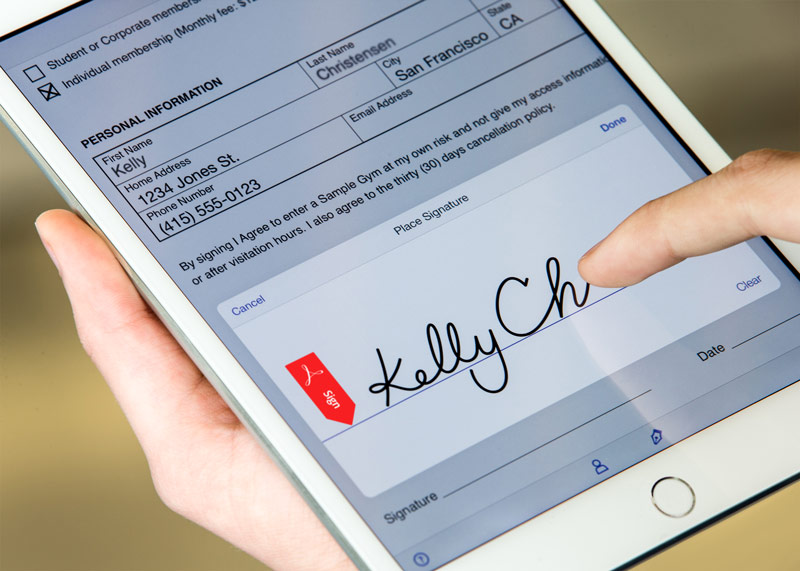
Pros:
- Adobe Sign has mostly pros and lesser cons. This industry-grade software lets users go through the whole process with relative ease and the signatures are ironclad and legally binding.
- Apart from that, the cloud-based solution lets you sign your documents anywhere and lets you send it to other parties on the go.
- You can track your documents on your web browser, or your mobile app.
- It is all pretty nifty and designed to make the whole process hassle free.
Cons:
- The cons are more towards the usability side. Users have complained that the process of sending the documents should be easier and they find themselves filling in a lot of information when they send out documents.
- Also, users have reported trouble while inserting forms and information fields, it is not as easy as it should be.
- Apart from these little issues, the price of the software is high. If you are an individual user, Adobe will charge you $10/month for this app. If you are a business, the plan starts at $30/month. There are other solutions available on the market that provide the same features and functionalities at a lot less price.
Part 3Tips for Using Adobe Sign
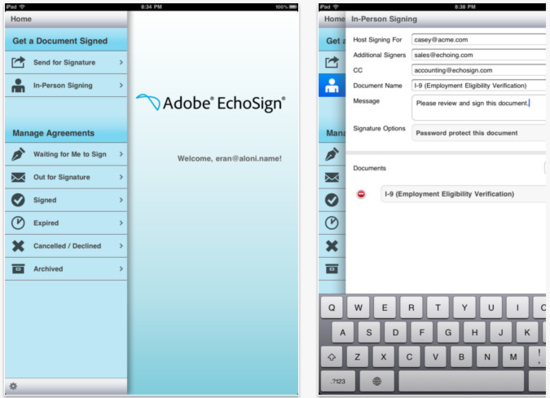
Adobe Sign can be used as a standalone software, or integrating it with your enterprise apps or already used apps. The best way to use Adobe Sign is to introduce your employees to the platform and setting up a little seminar that demonstrates the full power of this app.
It is easy for people to just focus on one feature like the e-signing and ignore the rest, when in practice, the app will let them save a whole lot of trouble and time if they learned how to use it properly. You can use Adobe Sign to edit, save, sign, and send your documents as well as store them in cloud to access on the go, and also track their progress without even leaving the app. All these features combined will unleash the true potential of this app.
Part 4Best Alternatives to Adobe Sign
While Adobe Sign is a pretty awesome e-signing platforms, there are other players in the market that are equally powerful and awesome, if not more, than Adobe Sign. We have listed a few alternatives here:
1. Wondershare SignX
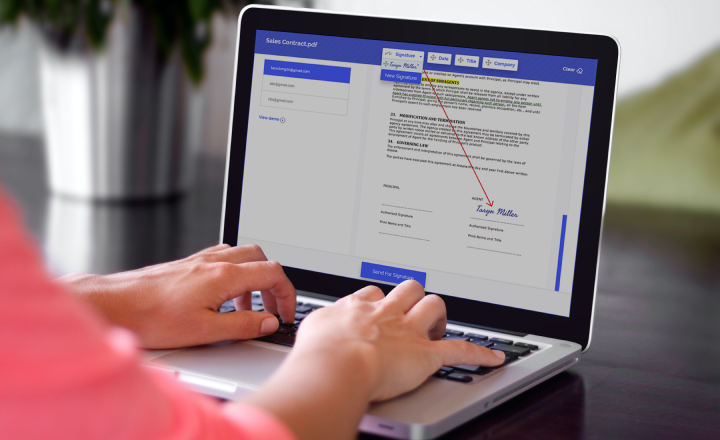
A great alternative to Adobe Sign is Wondershare SignX. This tool is loaded with cool and useful features like editing, collaborating, sharing, e-signing the documents and sending these documents to get e-signatures fast, tracking these documents to encrypting them with industry grade encryption.
It also lets you store your documents in the cloud, access them on the go and sign them whenever you have to. The e-signatures are ironclad legally binding and more secure than ink. The best part is, it provides all these functionalities at a lot lower price than Adobe Sign.
2. DocuSign
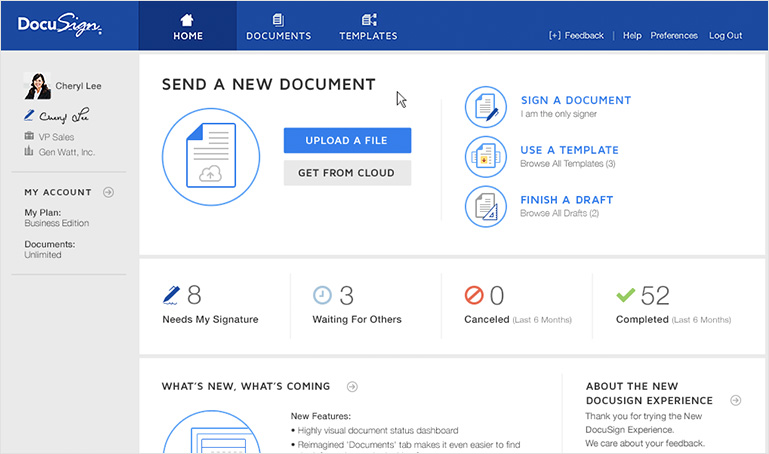
DocuSign is a good e-signing app and lets you perform most functionalities mentioned in other apps. Its major drawback is that it offers community-based support and charges extra for signer authentication. It is priced at the same level as Adobe Sign.
3. HelloSign
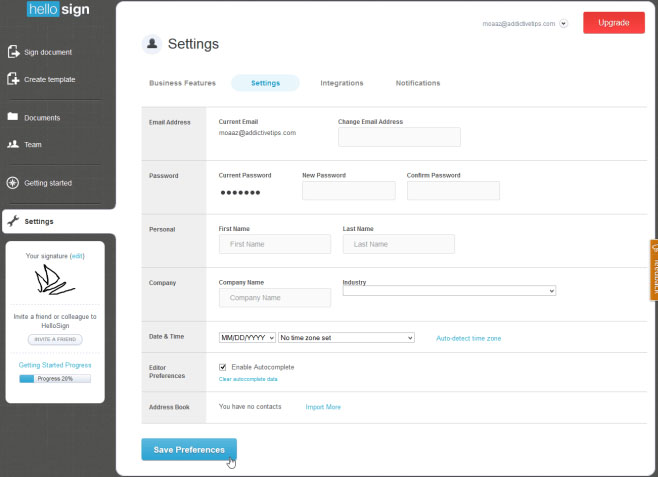
HelloSign is a great e-signatures app too, but it is pricier than Adobe with the individual plan starting at $13/month and business plan starting at $40/month. It does provide all common functionalities but is an expensive solution.

